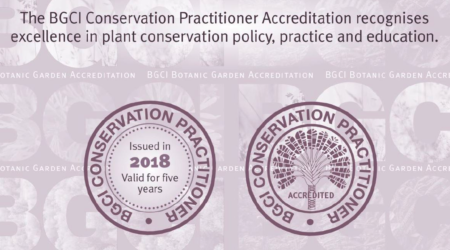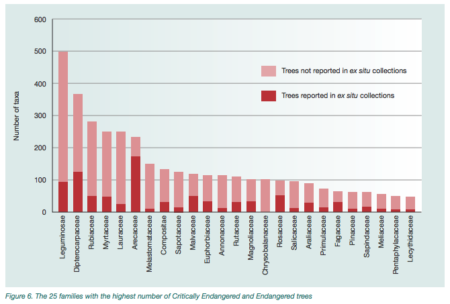- Crop domestication: anthropogenic effects on insect–plant interactions in agroecosystems. Domestication can upset trophic webs. Poor dears.
- The soybean experiment ‘1000 Gardens’: a case study of citizen science for research, education, and beyond. 2492 gardens, in fact.
- The evolutionary road from wild moth to domestic silkworm. Domestication in China, followed by multiple independent spreads and differentiation.
- Barley heads east: Genetic analyses reveal routes of spread through diverse Eurasian landscapes. 3 taxa, 8 genepools, multiple routes for spread. A bit like silkworm but in the opposite direction.
- A spatial overview of the global importance of Indigenous lands for conservation. 40% of all terrestrial protected areas.
- Maize domestication and gene interaction. More than just the headline 5 genes.
- Hallauer’s Tusón: a decade of selection for tropical-to-temperate phenological adaptation in maize. Need to go back to tropical germplasm for adaptation to temperate conditions.
- Moving beyond calories and protein: Micronutrient assessment of UK diets and land use. Roots, tubers and vegetables are the most land-efficient producers of 23 nutrients.
- The legacy of 4,500 years of polyculture agroforestry in the eastern Amazon. It is still with us.
- Direct archaeological evidence for Southwestern Amazonia as an early plant domestication and food production centre. And not just in the east.
- Does women’s time in domestic work and agriculture affect women’s and children’s dietary diversity? Evidence from Bangladesh, Nepal, Cambodia, Ghana, and Mozambique. Yes, but varies with socioeconomic status.
- Remap: An online remote sensing application for land cover classification and monitoring. Use your training set to detect habitat type(s) in Google Earth.
- Archaeobotanical evidence reveals the origins of bread 14,400 years ago in northeastern Jordan. Before domestication.
- Drought tolerance during reproductive development is important for increasing wheat yield potential under climate change in Europe. The good news is that germplasm close to the optimized ideotype for 2050 is already out there.
Conservation accreditation scheme for botanical gardens launched
BGCI Conservation Practitioner Accreditation recognises excellence in plant conservation policy, practice and education, and accredits botanic gardens carrying out plant conservation activities of local, national or global importance.
What’s in it for the potential recipient?
BGCI accreditation ensures that gardens adhere to international standards, results in tangible benefits for participating gardens – such as recognition, peer review, creating standards for excellence, and funding – and acts as a motivator for botanic garden leadership.
Compare and contrast with the quality management system being put in place by the international crop genebanks.

Our daily podcast
Over at Eat This Podcast, Jeremy has just kicked off a month of daily podcasting about wheat and bread. You have only a couple to catch up on, which is easy to do as each episode is only about 5 minutes long. We’ve had Jack Harlan harvesting wild wheat in the Kara Dag and Neanderthals eating porridge so far. I think we’ve got the polyploidy story today. Hang on to your genomes, it’s going to be quite a ride.
Speeding up genetic gains
Gary Atlin, “plant breeder, quantitative geneticist, and consultant,” according to his Linkedin profile, has an interesting series of posts on that social network trying to figure out why varietal turnover is so slow in much of the developing world, and what can be done about it.
Public sector plant breeding programs develop the crop varieties that feed most of the world. These programs need support to modernize and accelerate the rate of genetic gains they deliver to farmers in the developing world. In much of the world, these farmers are using cultivars that are 20, 30, and even 40 years old. These farmers are inadequately protected from the effects of climate change and are not being provided with the tools they need to adapt to intensifying and commercializing cropping systems.
The discussion started about a week ago, and is well worth following. I thought there might be a way to post a thread here, but it looks like you have to actually go to Linkedin to see the posts.
Saving trees
I’m not sure we have ever pointed to the Global Trees Campaign’s set of surveys of ex situ collections. There are individual surveys of ebony, Betulaceae, conifers, Zelkova, Rhododendron, maple, oak and Magnoliaceae, plus “Conserving the World’s Most Threatened Trees: A global survey of ex situ collections.” This came out in 2015 and includes a bunch of crop wild relatives.
